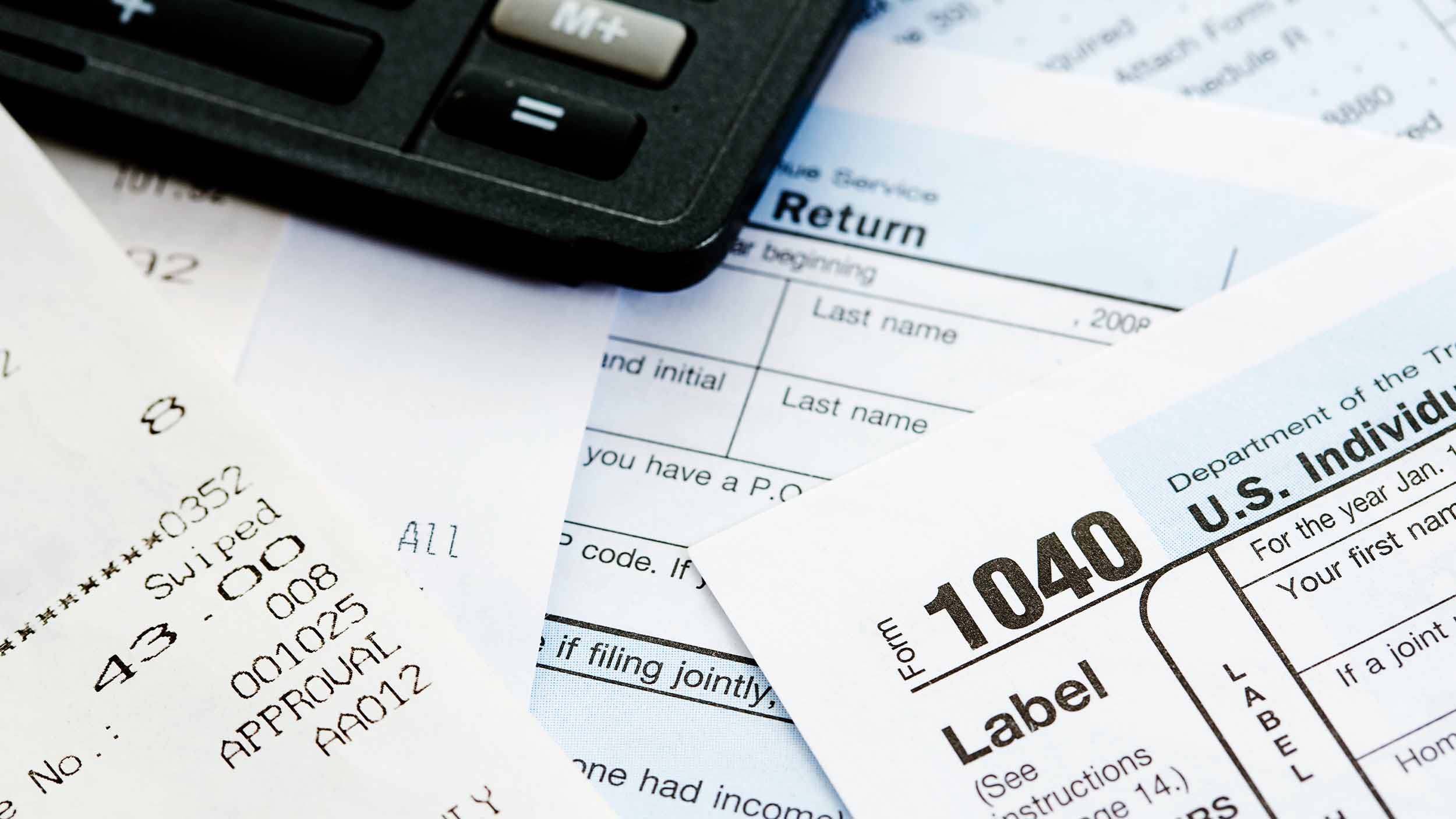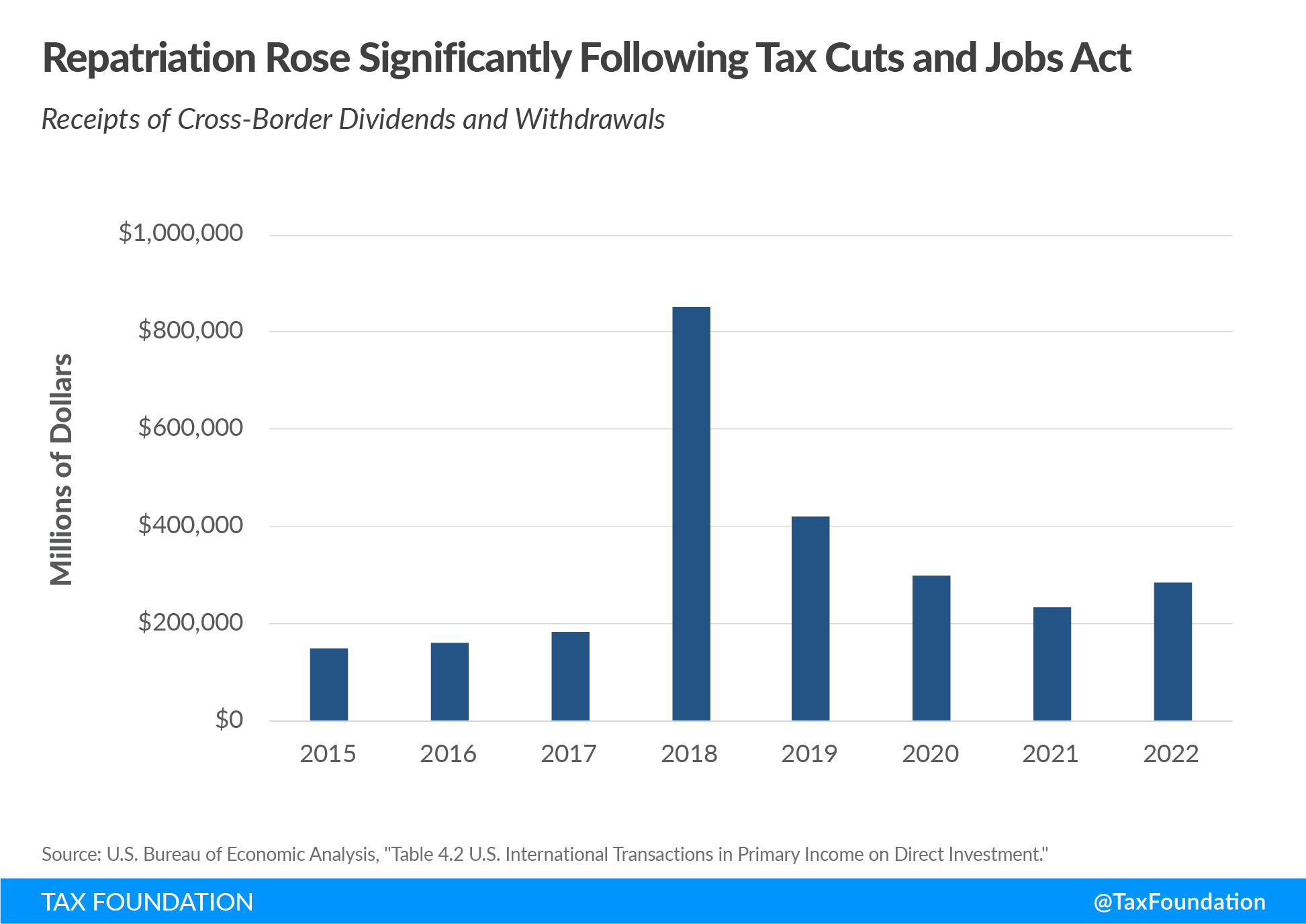Halloween Candy Raises Spooky Tax Questions
What scares come to mind when purchasing Halloween candy: ghosts, witches, or taxes? Yes, taxes should be on the list because Halloween reminds us how simple-sounding policy can end up downright spooky (or at least confusing).
Almost every state with a sales tax offers reduced rates or exemptions for groceries to help people afford essential food items.
But just as policymakers want to make nutritious food more affordable, they often don’t want to subsidize or encourage shoppers to buy unhealthy items. As a result, candy gets slapped with a tax even if it’s bought in a grocery store along with untaxed milk and bread. That’s why you may see more taxable line items on your receipt when stocking up for Halloween supplies compared to your regular grocery bill.
You might be thinking, “If candy is taxable, what’s the big deal? I know which aisle that is at the supermarket.” If only it were that straightforward.
Candy typically has a few common ingredients: sugar and other sweeteners, artificial fruit flavoring, and/or chocolate. The problem is items with those ingredients aren’t limited to the candy aisle. Breakfast cereals, cakes and pastries, protein bars, ice cream, and other not-healthy-but-not-really-candy products can have all three. So where can policymakers draw the taxability line for candy?
The Streamlined Sales Tax Governing Board—a voluntary membership group of states that spent years trying to create more uniform definitions of taxable and nontaxable food items to make all this stuff easier for retailers and consumers—have tried to answer many of those questions. A key line in the sand is the presence of flour. Common sense would suggest that a food item made with flour is a pastry, not candy. If you rely on that standard, though, Kit Kats and Twix get the “groceries” treatment, while other candy bars get a Scarlet “T” for “taxable candy.”
It gets weirder. Most candy comes in “bars, drops or pieces,” so the multistate agreement uses that characteristic to leave Pixy Sticks out of the “candy” definition, while leaving breath mints in. Cake gets left out for having flour, but what about edible cake decorations? Sorry, those are taxed as candy. How about a can of frosting for a cake? Not candy, because of its non-“bars, drops or pieces” status.
Even for states that use the sales tax agreement for easier administration, this is not a simple exercise. And every time a new food item hits the market, state sales tax officials have to figure out what tax treatment should apply, regardless of which grocery aisle it’s sold from.
This isn’t just a ghost story. Every once in a while, a state policymaker will propose legislation hoping to exempt “healthy” food but tax “unhealthy food.” While often well meaning, these proposals add even more complexity to an already complicated tax.
So, keep in mind “bars, drops, or pieces” the next time someone proposes such a bill. Better yet, go dress up as the uniform definitions of taxable and nontaxable food items for Halloween this year. Boo!






